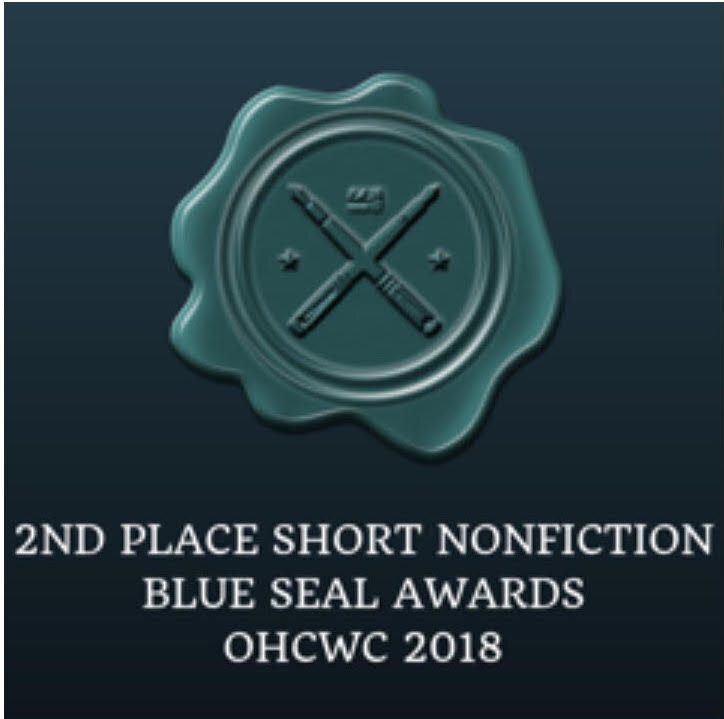In spite of the hot humid summer morning, the flowers at my front door needed attention. Donning work gloves, I grabbed my shears and walked out with my Ukrainian workbasket. I smiled to remember the foggy day my friend and I purchased the handmade basket from a hearty village woman selling her wares at the metro stop in Kiev. Today, no other basket would do; strong and sturdy, its no-nonsense functionality made it the perfect companion.
Questions circled inside my head as I contemplated the joy at hand. Why would I choose—on this jam packed morning—to stop life, and spend time trimming my plants, potted hydrangeas at the front door and later, potted geraniums on the back patio? Why would I force my computer to take a backseat and hibernate? The answer lies within six letters: FLOWERS.
Why do I love flowers?
A long trail of life reveals my answers.
My mother taught me.
Growing up, a love for all things blooming was handed to me. My genetic makeup encompasses the DNA of women who valued the beauty of outdoors and specifically flowers.
My mother-in-law taught me.
Larry’s mother possessed in her yard her own greenhouse; her love for flowers permeated her many domestic skills.
My education taught me.
At university, my second favorite elective course was floral design (my favorite being Western equitation, aka horseback riding). Techniques learned from a botanical specialist infused me with confidence in decorating for bridal luncheons, dinner parties, and baby showers.
Eastern Europeans taught me.
Eastern Europeans loved their flowers, and my family joined their ranks. Swallowed up in a world of gray, these people surrounded themselves with the beauty of floral color. Always (always!), they presented flowers—one, two, or a bouquet—to a hostess upon entering her home.
Each neighborhood boasted a kiosk to facilitate this convenience. Before getting onto the tram or upon stepping off the tram, one could easily purchase flowers from the corner flower stand.
The only time I ever recall flowers being unavailable occurred during the wake of the murdered priest, Jerzy Popiełuszko. (By kidnapping and murdering the priest, Moscow may well have wanted to deliver a blunt message to the Church as a way of forcing it to stay out of politics…. However, an estimated 250,000 Poles, appalled by the murder, attended his funeral in Warsaw a few days later. https://www.telegraph.co.uk/news/worldnews/europe/poland/3234739/KGB-involved-in-murder-of-Polish-priest.html) Every citizen wanted to carry something to place at his casket, which rested in our parish church nearby, and literally, the flower stand in our neighborhood sold out of flowers.
Thinking back to the time we first established our Warsaw home, I remember corralling Larry into buying window boxes to place across our front balcony. The array of red geraniums seemed a marvelous way to fit into the culture.
We carried the tradition with us when we moved into our home in Hungary where the rituals of caring for the flower boxes fascinated us. At summer's end, year after year, the Hungarians removed the flower boxes from their balconies, and stored them inside in the family’s basement or barn. Here the plants waited out the winter.
Protection from the elements, combined with the natural aging, explained the indescribable beauty of the overhanging artistry painted throughout the country. (Once, we even tried to adopt the local habit by keeping them in our garage over the winter months. Suffice it to say, our results were not the same.)
The words of Corrie Ten Boom marked me. “Anyone who has flowers cannot be all bad.” She referenced the flowers outside the door of the commandant of the concentration camp where she suffered, and Corrie connected flowers with decency and hope.
Aware of a friend needing hope, I followed Corrie's philosophy and unceremoniously purchased and planted flowers outside the door to my friend's apartment. I thought, "Perhaps the sight of beauty will allow her to smile in her pain."
Even now, the annual blooming of peonies in my yard brings a highlight to my calendar. Throughout the year, I save vases, and when the pink blossoms appear, I fill the vases. The blessing is all mine (!) when I quietly deliver bouquets to doorsteps, porches, kitchen tables and desks of friends, neighbors, family, and coworkers.
So, back to my opening question.
Why do I love flowers?
- Flowers encourage me to meditate on God. His creative beauty is a gift to me through the bounty of botany.
- Flowers encourage me to forget myself. Whether I am snipping in the yard or arranging a vase, flowers tend to turn my thoughts toward others.
- Flowers encourage me to remember the incredible people and culturally rich places which have punctuated my global sojourn. I am reminded—with gratitude—that colorful companions offered unique comfort along the blessed, and sometimes bumpy, road God had for us.
- In any language, in any location, in any culture, flowers encourage me to feel good.
No wonder, outdoors in the hot sun and in smothering humidity, I exclaimed, "Boy, does this feel great!" Snipping dead leaves and trimming darkening blooms transported me on a nostalgic, global journey. Refreshed and ready to return to my desk, I pulled off my gloves and placed the clippers back into my Ukrainian workbasket. I prayed, Thank you, God, for the beauty of Your creation that brings both joy to my soul, and solace to my heart.
Living With Eternal Intentionality™
What part of God’s creativity in nature ministers to your soul?
When did you last allow yourself the joy of spending time in that setting?













